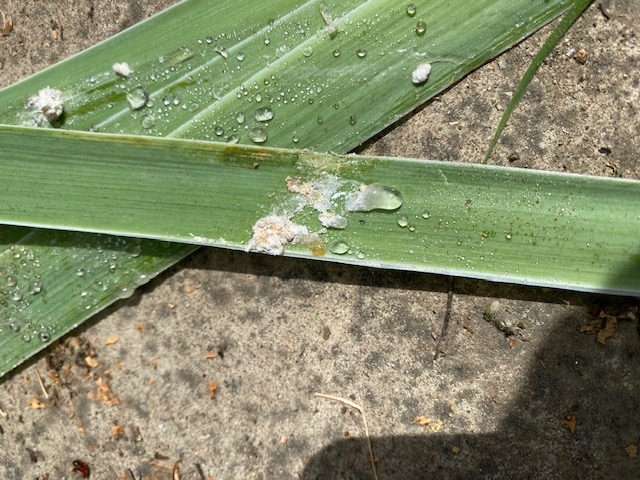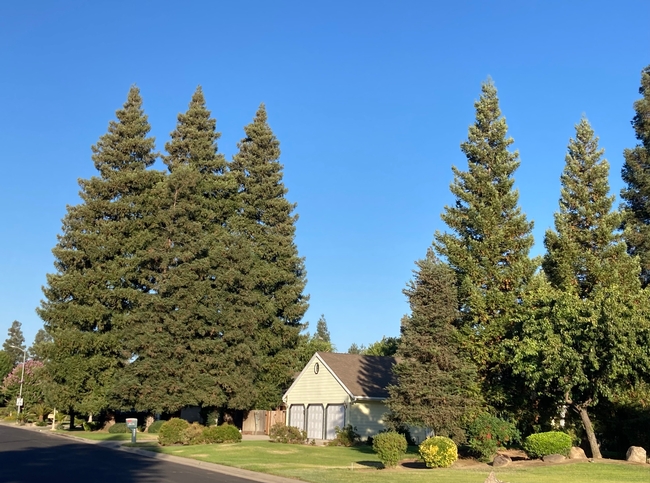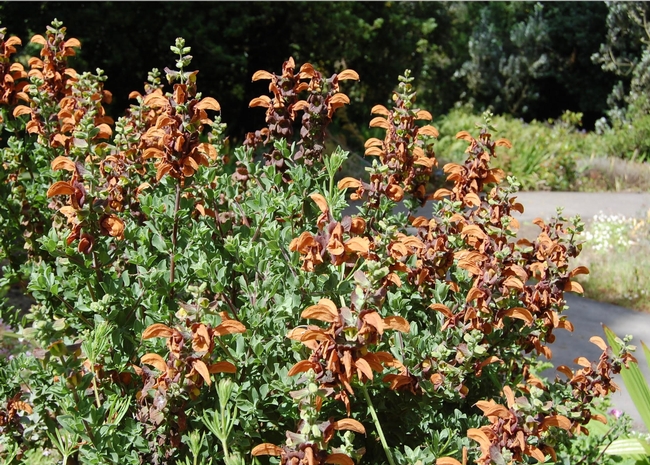- Author: Elinor Teague
As nights slowly get longer (by 2 minutes every 24 hours) and night time temperatures slowly begin to drop from the 70s into the high 60s, the plants that survived July's scorching temperatures slowly begin to come out of the state of semi-dormancy that is caused by high temperatures.
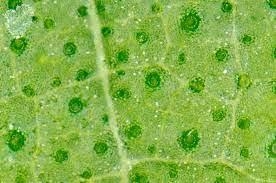
By mid-August most plants will show the first signs of renewed growth. Monitor the plants in your garden for tiny new buds and leaves and resume fertilization with a low-number, lower nitrogen fertilizer at one-quarter or half the application rate recommended on the fertilizer label. Avoid applying higher-nitrogen fertilizers that encourage rapid foliage production. Heat-stressed plants will return to a semi-dormant state during longer heat spikes and feeding plants that aren't able to grow only stresses them more. If daytime temperatures remain consistently higher than 100 degrees or if another heat spike occurs, wait to feed your plants until the temps cool a bit more later in the month. In recent years, gardeners have had to wait until September to resume fertilization due to a late summer cycle of consecutive heat spikes.
While you're watching and waiting for warm-season plants to recover from the heat you can start searching for seeds of drought and heat-tolerant cool-season vegetables and flowering annuals. Availability of seeds in seed catalogs, nurseries and garden centers is nearly back to pre-pandemic levels and growers and hybridizers are increasing the development of new varieties that can better withstand hot and dry growing conditions, including warmer and drier winters.
Weather patterns and planting timing is no longer predictable. Central Valley Master Gardeners can be among the first to adapt their choices of plants to warming growing temperatures and to experiment and test new varieties for recommendation to home gardeners. Starting your own transplants from seed in mid- to late-August allows for a six= to eight-week growing period with some flexibility for later planting if temperatures remain higher or if rains arrive early.
Note: Sudden limb (or branch) drop is a common occurrence on hot, windless summer days. One possible cause is an abrupt shift in water movement within the tree structure during periods of high temperatures. Heavier branches on older trees are most susceptible and the limbs fall without warning; they show no signs of disease or pest problems. Our tree-lined neighborhood has seen an increase this summer in sudden limb drop, perhaps due to much higher-than-normal rainfall amounts last winter.
The branches do not make a clean break from the trunk. Often, the bark is torn away for several feet above and below the branch junction, leaving a deep, long scar. Evaluating the extent of the damage, attempting to protect the exposed, underlying tissue from sun damage and restructuring and rebalancing the branch scaffolding is best performed by certified arborists not amateurs or the average home gardener.
- Author: Richard Hardwick
- Author: Barbara Miller
Ever see a white, cottony looking, waxy mess on the trunk of your grapevines? And other locations? No, it's not candle wax.
This sticky, cottony mess is the secretion of a waxy material by vine mealybugs. These vine mealybugs are similar to the mealybugs that sometimes affect your indoor and outdoor house plants. Mealybugs belong to the Class Insecta, Family Pseudcoccidae. The species scientific name for the vine mealybug is Planococcus ficus.
When you look closely at the above photo, you will see several white/gray wax-covered adult mealybugs along with the wax they leave on themselves, leaves, stems, trunks and fruit on grapevines. The mealybugs also excrete a sticky honeydew which sometimes causes black sooty mold to grow on top of the honey dew. This honeydew will attract ants. In the pictures above and below, the mealybugs were on the trunk of a grape vine with honeydew dripping onto the surrounding iris and hollyhock garden.
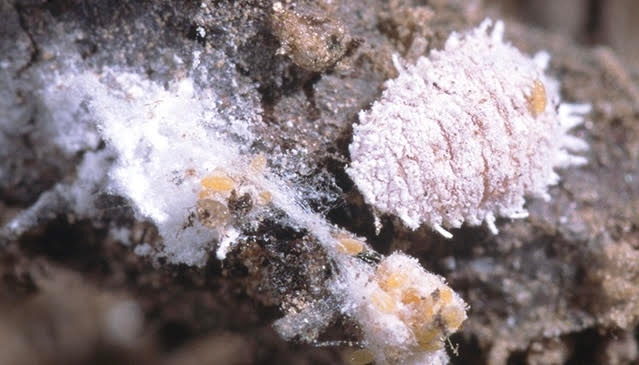
Here are three resources that will provide you with guidance on dealing with mealybugs:
Vine Mealybug / Grape / Agriculture for the various biological and cultural control methods to reduce the problems the vine mealybugs will cause.
Mealybugs Management Guidelines--UC IPM and Identifying Mealybugs - Grape to help identify different species of mealybugs and see their life cycles.
Mealybugs--UC IPM for further information about pests in gardens and landscapes and how to control them. Additional species of mealybugs will infest other plants and can include your outdoor and/or indoor plants.
- Author: Jeannette Warnert
The coast redwood is an iconic native California plant. It thrives where marine fog and cool temperatures create a moist, lush forest environment. It's also commonly planted in Fresno County communities, where it has adapted to irrigated landscapes, growing tall and defining city skylines.
Why has the coast-loving conifer been planted so widely in areas where summers are dry and temperatures routinely top 105 degrees?
“There's something magical about redwoods,” said UC Master Gardener Tim Sullivan, who lectured about the trees July 8 at the Woodward Park Library in Fresno. “They're beautiful.”
Sullivan researched redwoods online, visited the UC Davis Arboretum redwood forest, and traveled to Redwood National Park near the Oregon border to gather information for his presentation. All the UC Cooperative Extension advisors, UC professors and national park rangers he interviewed recommended Coast Redwoods not be planted in the Central Valley.
However, local homeowners and landscapers disagree. With the trees so popular in Fresno County, Sullivan developed suggestions for coast redwood care that mimic the trees' natural environment.
In the North Coast and at the arboretum, he said, the forest floor is thickly mulched with redwood needles that have dropped from the trees, along with fallen trees, branches and twigs.
“In Fresno, we tend to rake everything up,” he said. “At least leave the needles, and add grass clippings and water to break them down. The mulch builds soil and will also keep the roots cooler.”
The soil in natural settings are further supported by lush green plants, such as redwood sorrel, trillium, Douglas iris and a variety of ferns. It may take experimentation to determine what shade-loving plants will grow underneath coast redwoods in warm interior valleys. Sullivan suggested one option is gray sedge, Carex divulsa, which he saw growing under trees at the UC Davis Arboretum.

“Redwoods do not like living alone,” Sullivan said. “Their roots stay in the top two- to three-feet of soil and stretch out 50 feet in all directions from the trunk. They do well in irrigated lawns and parks, but next to homes, concrete or artificial turf, they may become unstable.”
In foggy coastal areas, moisture collects on redwood needles and continuously drips down from the canopy to the forest floor.
“The trees have evolved this incredible self-irrigation system that waters the trees and the understory plants,” Sullivan said.
In the Central Valley, the trees will need a lot of water. Provide regular surface irrigation and once-a-month deep application of water, reaching at least two feet below the soil surface, Sullivan said.
For more information on growing coast redwoods in the Central Valley, see these UC Cooperative Extension resources:
Coast Redwoods as Landscape Trees by Michelle LeStrange, UC Cooperative Extension horticulture advisor emeritus, Tulare County
Growing Coast Redwoods by Emma Connery, UC Master Gardener Program Coordinator, Contra Costa County
Coast Redwood Tree Problems by Ed Perry, UC Cooperative Extension horticulture advisor emeritus, Stanislaus County
- Author: Susan Rosenthal
Looking for a salvia that's something out of the ordinary? Salvia Africana-lutea, or beach sage, is just that. Rarely seen in our area, beach sage is a very tough, drought tolerant shrub.
Fragrant gray-green foliage is slightly ruffled and almost succulent looking. Rusty orange flowers that quickly fade to brown begin in early spring and continue sporadically through fall.
In addition to their unique color, flowers have a curious “withered” appearance even when fresh. Purple-tinged papery calyces remain attractive after petals fall, providing almost year-round interest. Native to coastal areas of South Africa, beach sage prefers sandy, loose soil.
Plant in full sun to part shade. Water occasionally and feed with an annual top-dressing of compost. Eventually reaching 4 to 6 feet tall, it should be trimmed back by at least a third in late spring to encourage new basal growth. Hardy to 20 degrees Fahrenheit. Attractive to pollinators. Hard to find in garden centers but easily available by mail order. All in all, this is one eye-catching sage.
- Author: Richard Hardwick
- Author: Laura Berger
Introduction
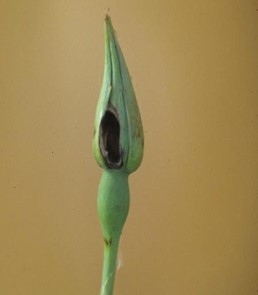
The tobacco budworm will bore into the flower buds. Look for the caterpillar or its frass inside the buds. The caterpillar is under one-inch long, green, yellow or brown with white or black markings. The adult moth has a wing span of about 1½ inches and is brown/green in color.
According to the University of California, budworms feed on geraniums, petunias, snapdragons and roses as well as a lot of agricultural crops, fruits and vegetables, and many horticultural plants. Evidence of their arrival are tiny round or oblong 1/16-inch holes in flower buds, 1/8-inch holes in leaves and blooms, and black seed-like droppings. Flowers that open after budworm infestation have damaged petals and a budworm can destroy several flowers per day. The plant may cease flower production completely if severely infested. The budworm may move on to consume leaves and foliage also. The budworms peak in late summer. When mature, the larva drops to the ground and pupates in the soil. They can have 2 to 4 generations in a season, overwinter in the soil, and emerge as a moth again during the next growing season.
Management
Use Integrated Pest Management (IPM) for successful plant problem management.
Non-chemical management
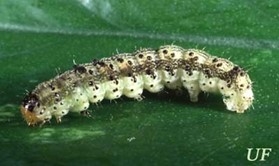
Manage weeds in and around gardens to remove the habitat and alternate food sources for the tobacco budworm.
Monitor plants closely for damage. Handpick and destroy larvae and infested buds on roses. Hand pick caterpillars or prune out and promptly dispose of infested buds or rolled leaves (often hiding caterpillars within).
Scout for larvae at dusk, when they are most active. Check for actively feeding larvae, small holes in buds and flowers, and caterpillar droppings (frass or feces) associated with damaged buds.
Chemical management
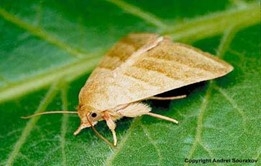
Bacillus thuringiensis (Bt) is somewhat effective if applied when eggs or damage are first noticed. However, Bt must be consumed by young, actively feeding larvae and only works where the young larvae are feeding on the SURFACE of the plant. Bt is NOT effective against larvae feeding within buds and will not provide reliable control of mature larvae.
Damage is usually not severe and treatment with pesticides not generally necessary. Leaf-feeding caterpillars can be reduced with the microbial insecticide Bacillus thuringiensis or the insecticide Spinosad. These materials will be most effective when caterpillars are small, however caterpillars within buds are unlikely to be killed. Damage may not be noticed until after caterpillars are full grown and no longer vulnerable to insecticide applications.
References
https://ipm.ucanr.edu/PMG/PESTNOTES/pn7466.html
https://entnemdept.ufl.edu/creatures/field/tobacco_budworm.htm
https://www.gardeningknowhow.com/ornamental/flowers/roses/budworms-roses.htm
https://ucanr.edu/datastoreFiles/268-758.pdf
https://hortsense.cahnrs.wsu.edu/fact-sheet/rose-tobacco-budworm/


